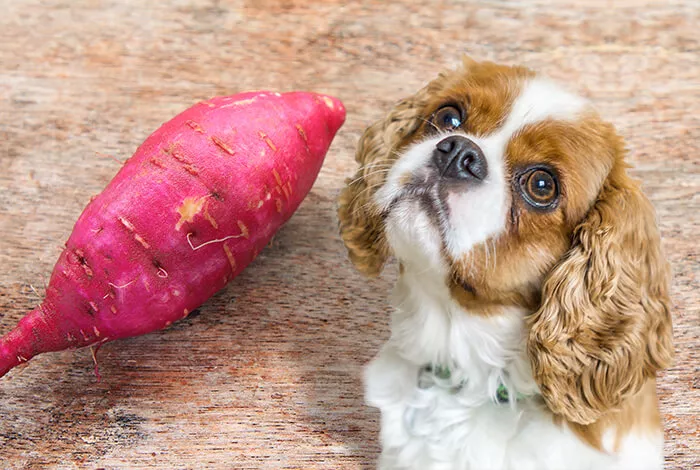The relationship between humans and canid species—wolves, dogs, and even coyotes—has always been complex, with domestication of dogs unfolding in surprising ways over thousands of years. Research now suggests that between 8,000 and 12,000 years ago, people in Alaska engaged in several attempts at domesticating canines, many of which were short-lived or led to hybrid animals.
While today’s dogs trace their lineage to a single group of wolves that lived in Siberia roughly 23,000 years ago, early domestication efforts weren’t always as straightforward. For millennia, the line between wild wolves and early dogs was blurry. A recent study led by François Lanoë, an archaeologist from the University of Arizona, highlights these ongoing experiments in domestication, focusing on remains found in Alaska.
Lanoë and his team analyzed 111 sets of canine bones from archaeological sites across Alaska, with samples spanning over 14,000 years. The study revealed an intricate and evolving relationship between humans and wild canids, particularly wolves, dogs, and even coyotes. Between 1,000 and 14,000 years ago, humans in Alaska were feeding and cohabiting with a mix of domestic dogs, wolves, hybrids, and wild canids—often with unclear results.
“The terminal Pleistocene in interior Alaska may have been a time of experimentation in terms of human-canid relationships,” the researchers write. Evidence suggests that humans may have domesticated wild canids that didn’t leave a lasting genetic imprint on later dog lineages, or, alternatively, some wild canids may have been kept as pets, while others were used for hunting.
The study also employed advanced techniques to investigate the dietary habits of these ancient canids. By analyzing nitrogen isotopes in the bones, the researchers could discern whether the animals had consumed land-based game or fish. Wolves, typically not known for fishing, showed signs of a fish-heavy diet—likely the result of human feeding or scavenging. This dietary shift began around 13,600 years ago, with some wolves living almost exclusively on fish, suggesting that these animals were, in some cases, nurtured by people.
One particularly intriguing archaeological site is Hollembaek Hill, where researchers uncovered the 8,100-year-old remains of four canines. Their bones revealed a diet predominantly consisting of salmon, but genetic analysis showed that they were more closely related to wolves than modern dogs. However, these canines exhibited physical traits that varied, with some resembling wild wolves and others displaying features typical of early domesticated dogs. This indicates that at Hollembaek Hill, humans were living with a mix of pet wolves and wolf-dog hybrids, further complicating the picture of early domestication.
Despite these early attempts, it seems that dog domestication was not a one-time event. The Hollembaek Hill canines and other Alaskan remains from sites like Swan Point show signs of canines with genetic makeup that does not align with modern dog breeds. This suggests that domestication may have occurred repeatedly across different regions, leading to various dog-like species—many of which eventually died out.
Ultimately, this new research paints a picture of an ongoing, dynamic process of domestication where humans continued to forge bonds with wild canids. By repeatedly adopting and feeding the most docile animals, early humans experimented with domestication—perhaps unwittingly—over thousands of years. While one lineage eventually became the dogs we know today, many attempts did not last, reflecting the complexity of our long history with these animals.
Related topics:
The Debate Over Public Space: Dogs vs. Children
Holiday Hazards: Foods and Festivities That Could Harm Your Dog
New Azide-Wittig Reaction Opens Pathways for Diverse Chemical Synthesis


